Notes
A Deeper Look at the Chrysler "Military Homecoming" Super Bowl Ad: Like We Can Really Be Whole Again
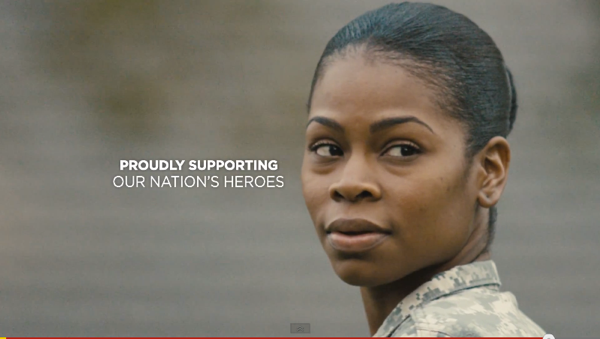
“When our troops are home, we are more than a family. We are a nation that is whole again.”
That’s the tag line. But are we more whole again? Or, are we the marks for a special-edition product and marketing campaign that plays on the vulnerability of returning troops and on the heartstrings of American sports fans and media consumers?Hailed as the impactful successor to last year’s Chrysler “Halftime in America” Super Bowl ad, it seems media has given strong approval to this year’s model without really looking under the hood.
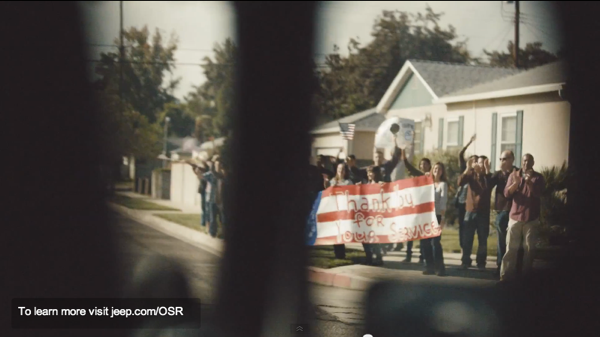
First and foremost, the key words of the ad are fundamentally ingenuine. The nation is not whole because troops are coming home. The general public has hardly noticed and remains fractured over the wars. On the other hand, if we’re talking about terror-era veterans, and the military, as larger tokens for a product….
If you don’t know the background, Chrysler is touting it’s Jeep Wrangler product line and promoting a special edition that is military branded (in red, white or blue), offering cash allowance to soldiers with a portion of the sales going to two different veteran support programs co-run by the USO. (See “Operation Safe Return.”)
Watching the two minute pitch, there are many themes and visual tropes that seem pretty standard for these patriotism- and troop-leveraging product spots. For example, there is the blanketing of old glory:
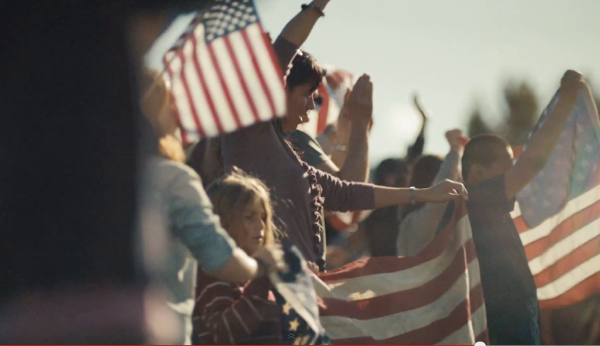
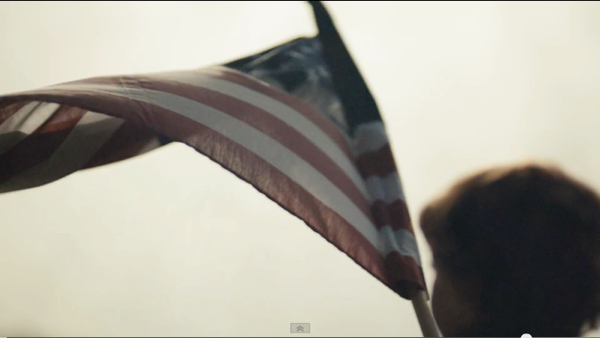
Beyond the emphasis on the flag, there is also the symbolism of God and religion as warm and comforting as, well, the feel of leather seats.
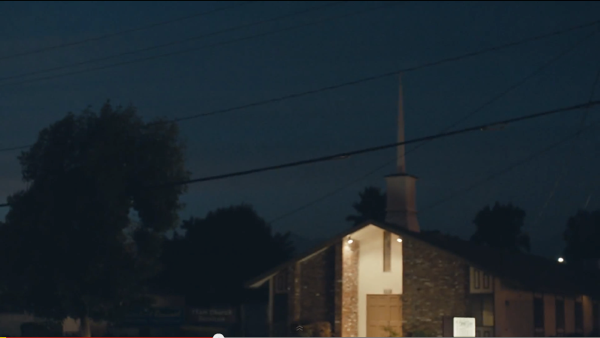
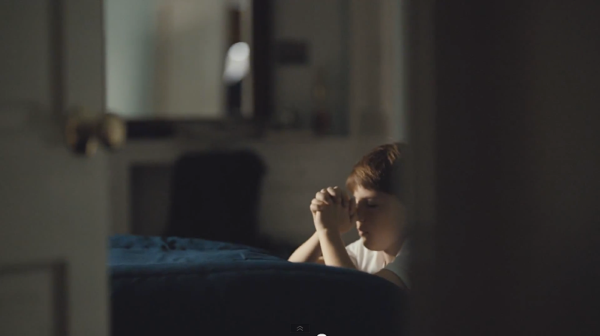
And let’s not forget sex and virility, too — which is also standard symbolism in these tribute ads.
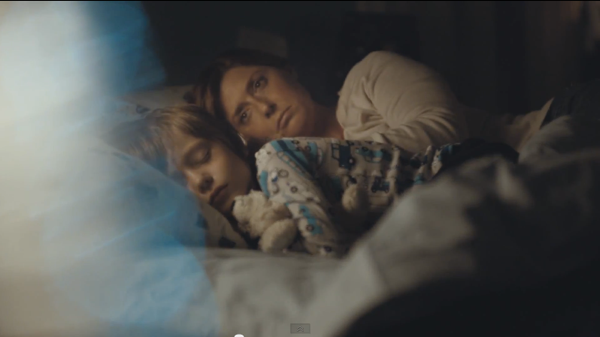
If standard fare, however, I’m not sure how much one really thinks about the sensuality and sexuality, though, especially the number of references in the two minutes. I’m not just referring to Mom lonely in bed with just the company of her child, by the way…
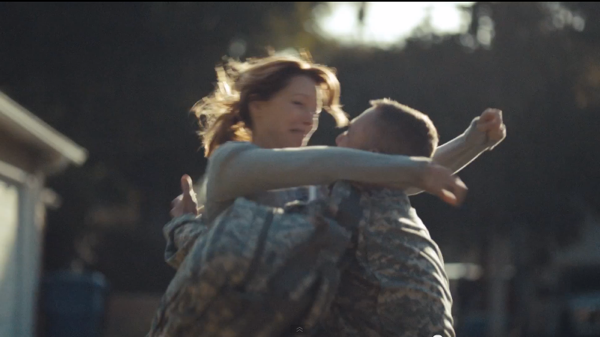
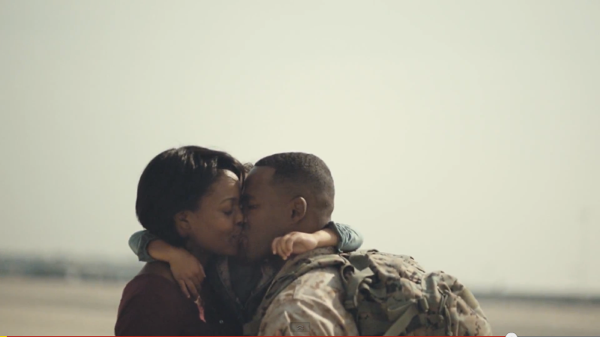
… but the homecoming scenes perpetuating the fiction that it’s straight to the bedroom when intimacy is an issue where many vets struggle the most.
As I mentioned though, those are all well tread symbols. What makes the Chrysler Jeep Wrangler “Freedom Edition” so particular involves the dynamics of marketing this mil-branded vehicle to vets.
Specifically what I’m wondering is, what are the implications — the ethics and emotional dynamics — of putting a famously military vehicle with all its reminders of war in the hands, and driveways, of so many vets? Is it soothing and transitional, or more akin to Krispy Kream selling donuts to diabetics?
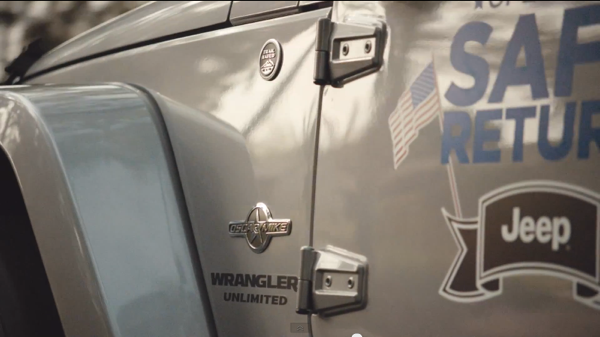
If you notice with the emblem on the side of the vehicle, these special vehicles bear an “Oscar Mike” logo. To any soldier, it’s an obvious identifier. Pronounced together, “Oscar Mike,” in military radio lingo (like: “Whiskey Tango”), means “On the move” or “On mission.”
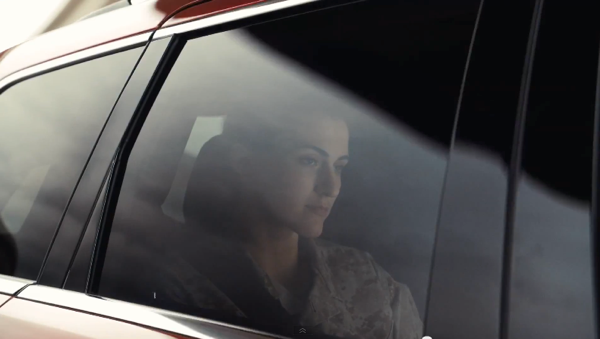
Of course, it’s not like Chrysler is marketing a combat vehicle. If the underlying proposition is that it’s somehow a familiar friend to all those Desert Storm and Afghanistan weary vets out there, it’s also roomier and cozier, sporting the goal of expanding the Wrangler’s 75% male owner demographic, I assume. That might explain why this version, and the ad is so directly targeted at those reunited military families and service women out there.
Back to the ethics, though, what is strange about the ad (like a returning vet’s disorientated dream) is how it can blur the lines between military and civilian settings. I’m not talking so much about the through-the-window shots, or the desert-like background on a rural road. That could be perfectly random as much as a frontage road to the base.
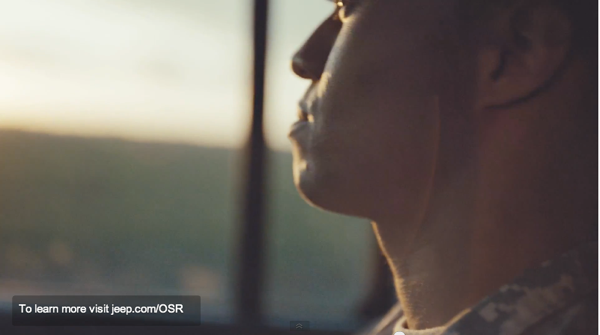
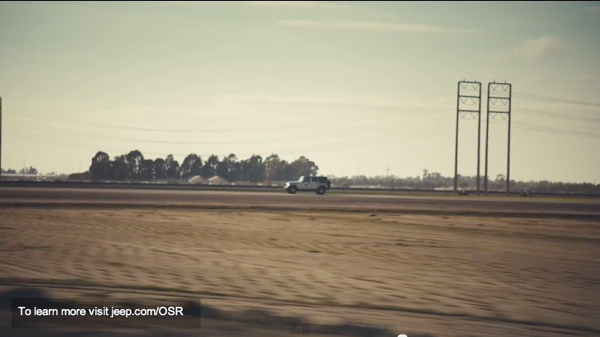
What I am talking about, however, is that odd sequence where the wife is home crying and longing for her deployed husband when we suddenly see him behind the wheel feeling the wife’s picture.
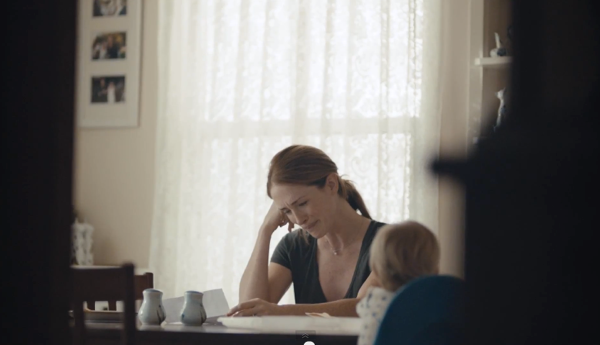
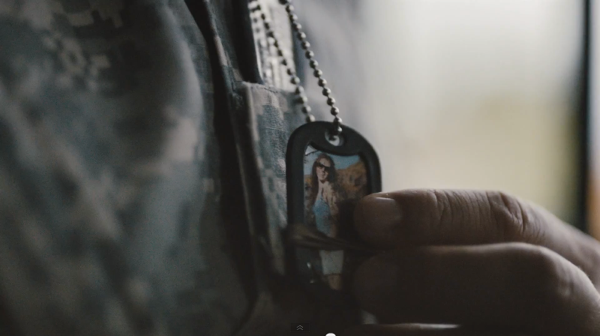
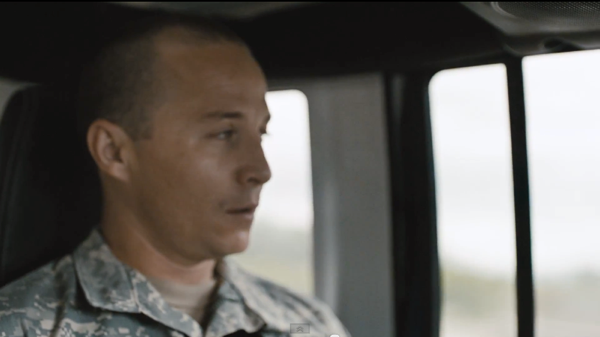
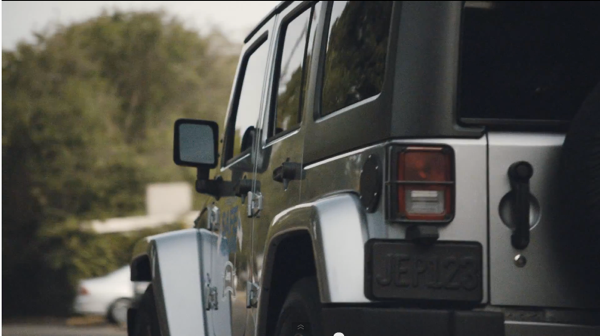
Most logically overseas, suddenly he’s in that spanking new military edition Wrangler/Jeep which we see on a neighborhood street.
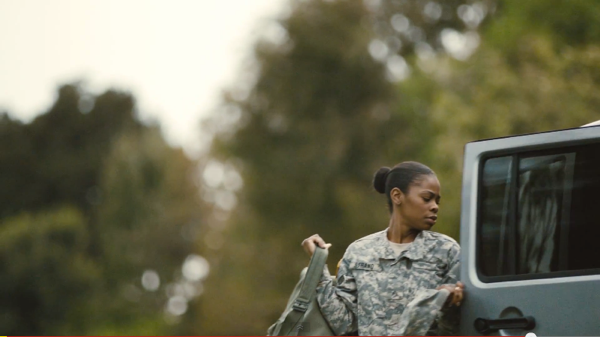
Ambiguous, too, is the woman soldier in uniform getting out of the Wrangler Jeep at the end of the ad. Because she’s in uniform and the shot is so tight, it also draws allusion to the combat version.
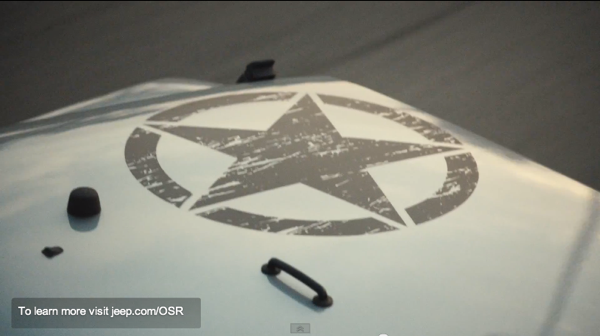
Perhaps what makes the vets whole again is not the embrace of an appreciative nation, which we know is a fantasy, but putting part of their military benefits down on a vehicle that reminds them, and even, in a psychological way, transports them back to Afghanistan. (By the way, I did find an early version sold directly to troops overseas that came in three military-style colors, Black, Green & Sahara Tan.)
With apologies to Chrysler, Oprah and our own fantasies as well, the more honest truth is that, once you’ve been in combat, you can never fully be whole or home again.
(screen shots via: Jeep® “Whole Again” Commercial/YouTube)

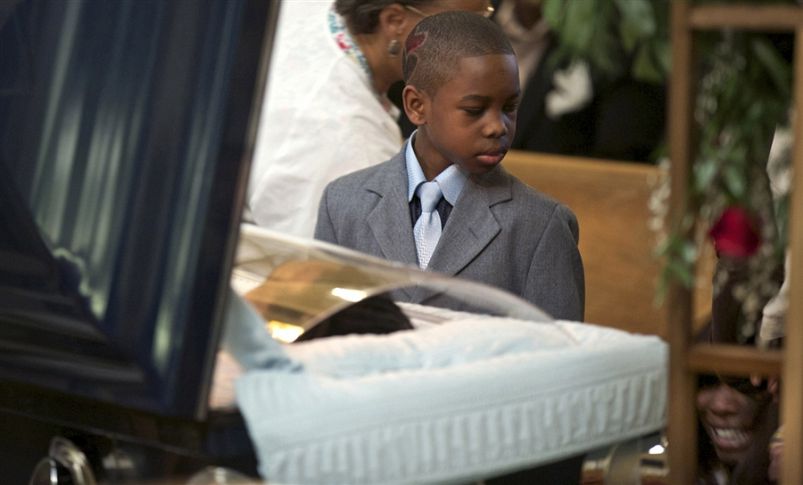
Reactions
Comments Powered by Disqus